Moving virus lab not just risky — costly, too
Report: Foot-and-mouth outbreak could top $4 billion at potential locations
The Associated Press
updated 3:58 p.m. ET, Fri., June. 20, 2008
WASHINGTON - An outbreak of one of the most contagious animal diseases from any of five locations the White House is considering for a new high-security research laboratory would be more devastating to the U.S. economy than from the isolated island laboratory where such research is now conducted, says a new report published Friday.
The 1,005-page Homeland Security Department report said chances of such an outbreak — with estimated loses of more than $4.2 billion — would be “extremely low” if the research lab were designed, constructed and operated according to government safety standards.
Still, it calculated that economic losses in an outbreak of foot-and-mouth disease could surpass $4 billion if the lab were built near livestock herds in Kansas or Texas, two options the Bush administration is considering. That would be nearly $1 billion higher than the government’s estimate of losses blamed on a hypothetical outbreak from its existing laboratory on Plum Island, N.Y.
The administration is studying the safest place to move its research on such dangerous pathogens from Plum Island to the U.S. mainland near herds of livestock, raising concerns about a catastrophic outbreak. A final choice is expected by late fall. The foot-and-mouth virus does not infect humans but could devastate herds of cattle, swine, lambs and sheep.
5 potential locations
The five locations the U.S. is considering are Athens, Ga.; Manhattan, Kan.; Butner, N.C.; San Antonio; and Flora, Miss. A sixth alternative, considered unlikely, would be construction of a new research lab on Plum Island.
Economic losses in an outbreak would exceed $3.3 billion if the new lab were built in Georgia, North Carolina or Mississippi, the report said.
The Homeland Security official in charge of the study, Jamie Johnson of the Office of National Laboratories, said it sought to identify specific risks to each candidate location.
"What the EIS (environmental impact statement) concludes is that the likelihood of release of foot-and-mouth disease is extremely low," she said. "However, in the event that foot-and-mouth does get out, what does that mean to these sites?"
The new study concludes that risk would be low to nonexistent that an accident or terrorist attack would result in the outbreak of a dangerous pathogen at any of the sites except in case of a fire and explosion. Such a fire and explosion would pose a moderate risk that virus or disease could spread to nearby livestock or wild animals.
The threat from fire and explosion would be diminished for the government’s isolated laboratory on Plum Island “due to the low likelihood of any disease getting off of the island,” the report said.
The new National Bio-and Agro-Defense Facility would replace the existing 840-acre research complex on Plum Island, which is about 100 miles northeast of New York City in the Long Island Sound and accessible only by ferry or helicopter. Besides foot-and-mouth disease, researchers also would study African swine fever, Japanese encephalitis, Rift Valley fever and the Hendra and Nipah viruses. Construction would begin in 2010 and take four years.
The new study expresses the government’s confidence it could avoid any outbreak. But it also cautioned that, “should a large release occur there is considerable opportunity for the virus to cause infections and become established in the environment beyond the facility boundary.”
A simulated outbreak of foot-and-mouth disease — part of an earlier U.S. government exercise called “Crimson Sky” — ended with fictional riots in the streets after the simulation’s National Guardsmen were ordered to kill tens of millions of farm animals, so many that troops ran out of bullets. In the exercise, the government said it would have been forced to dig a ditch in Kansas 25 miles long to bury carcasses.
The new study said U.S. economic losses from an outbreak could ultimately be higher than the $5 billion suffered by Britain in 2001, when an epidemic forced the government to slaughter 6 million sheep, cows and pigs.
Prize Truffle
5 years ago
































































































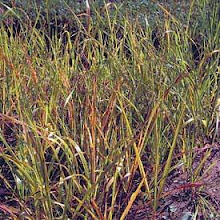







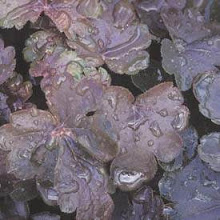































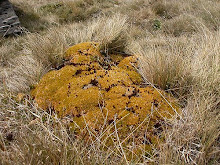















































































































































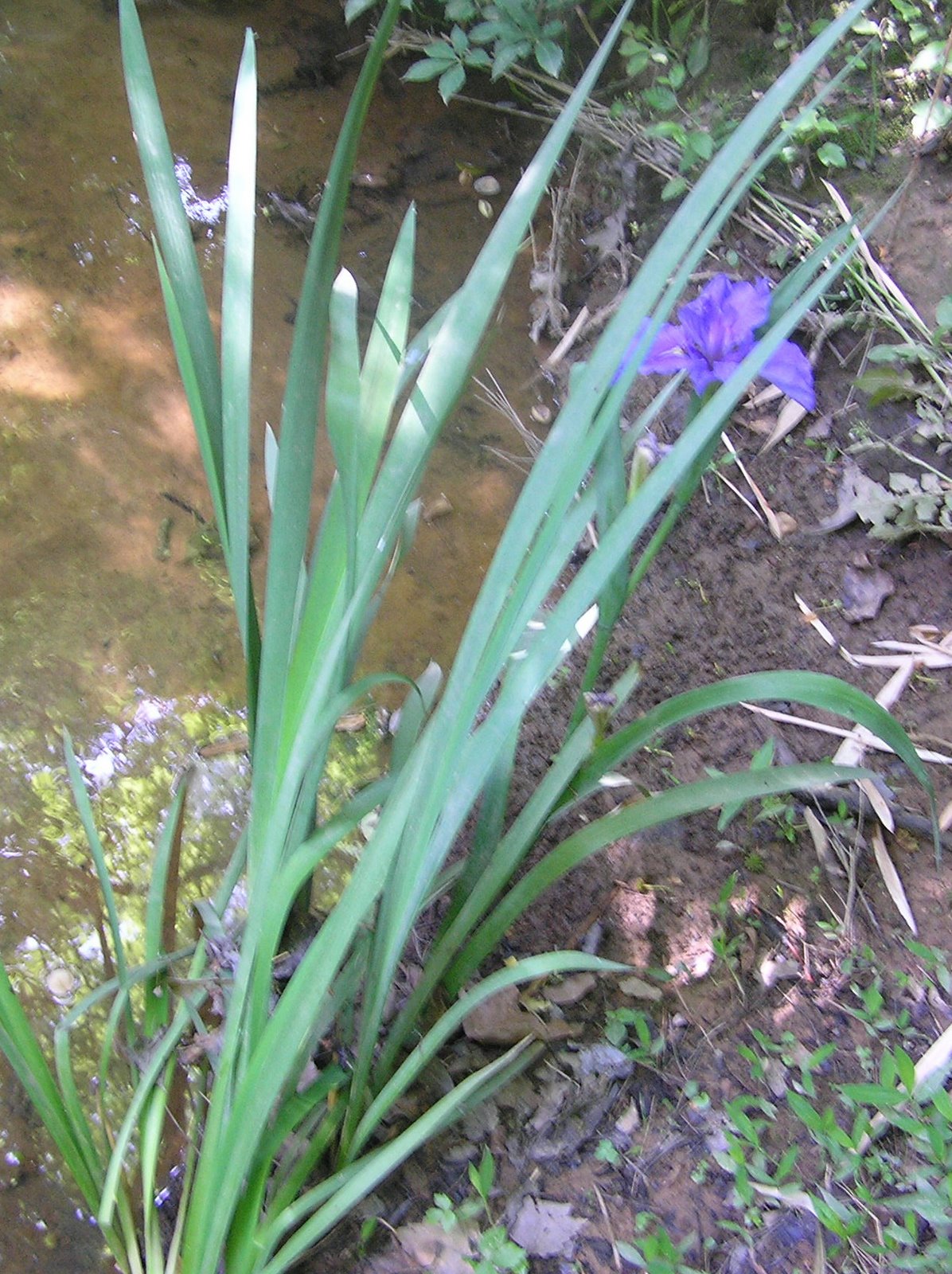








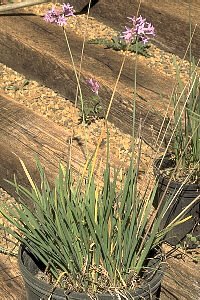













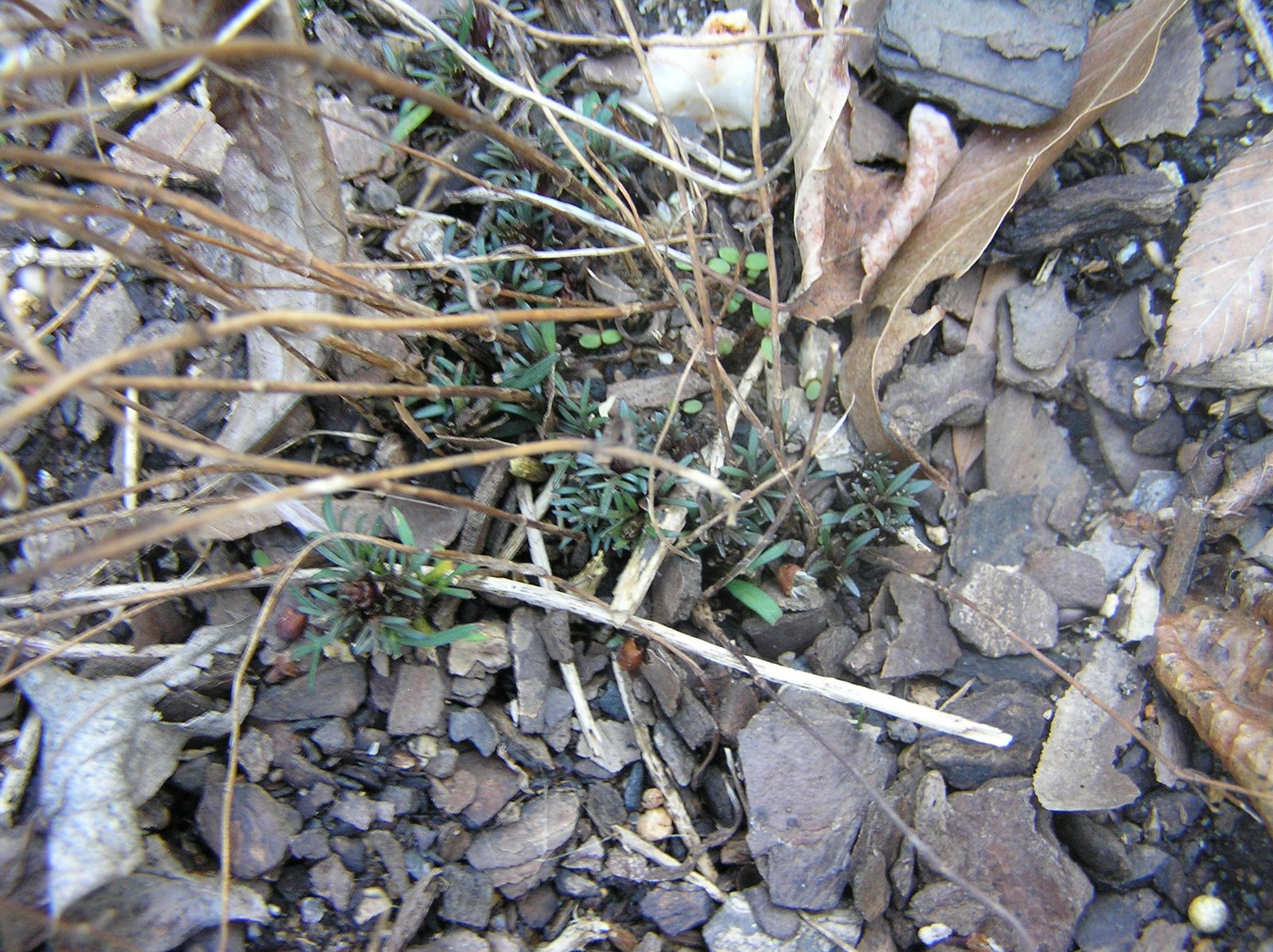
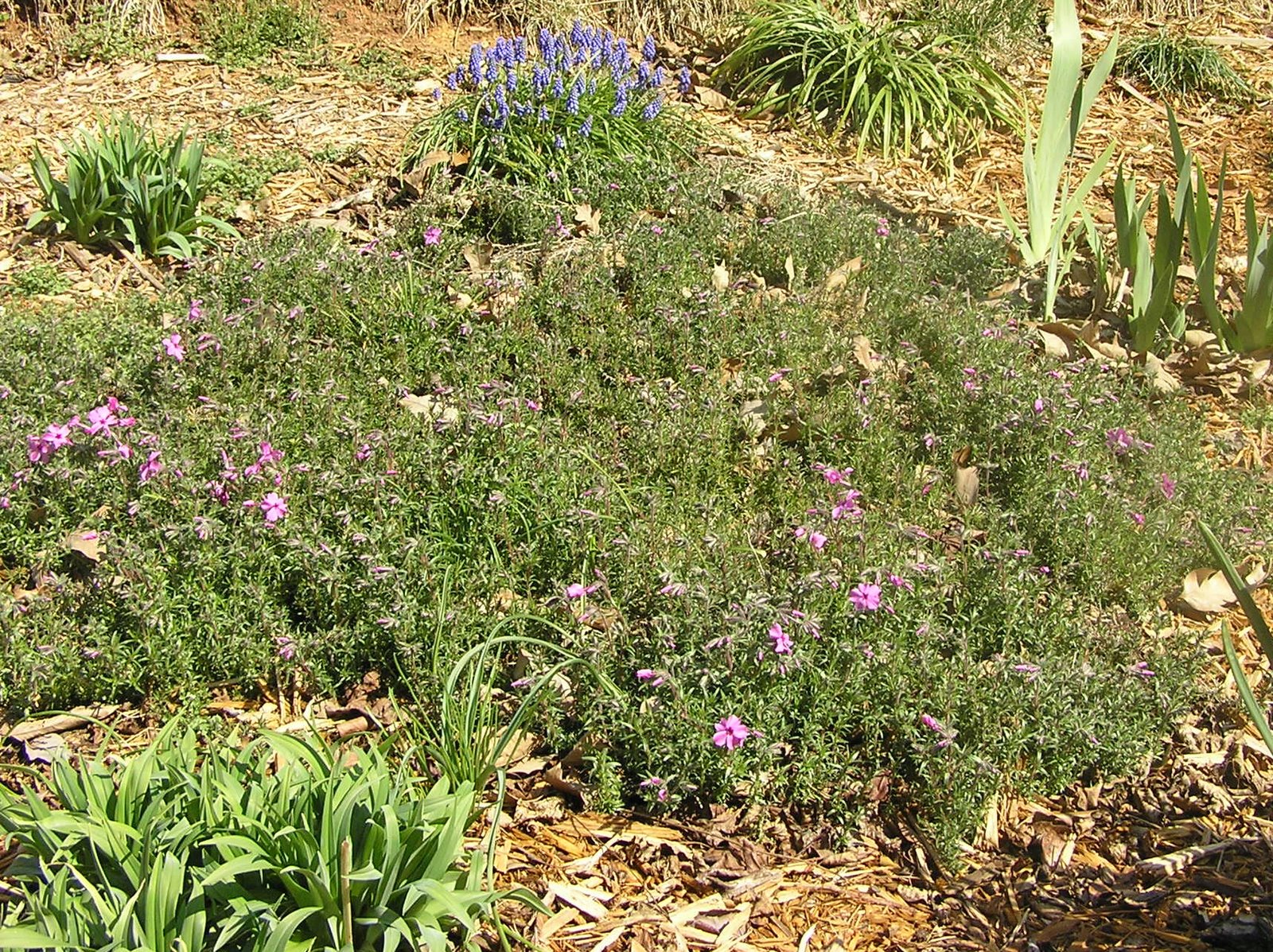
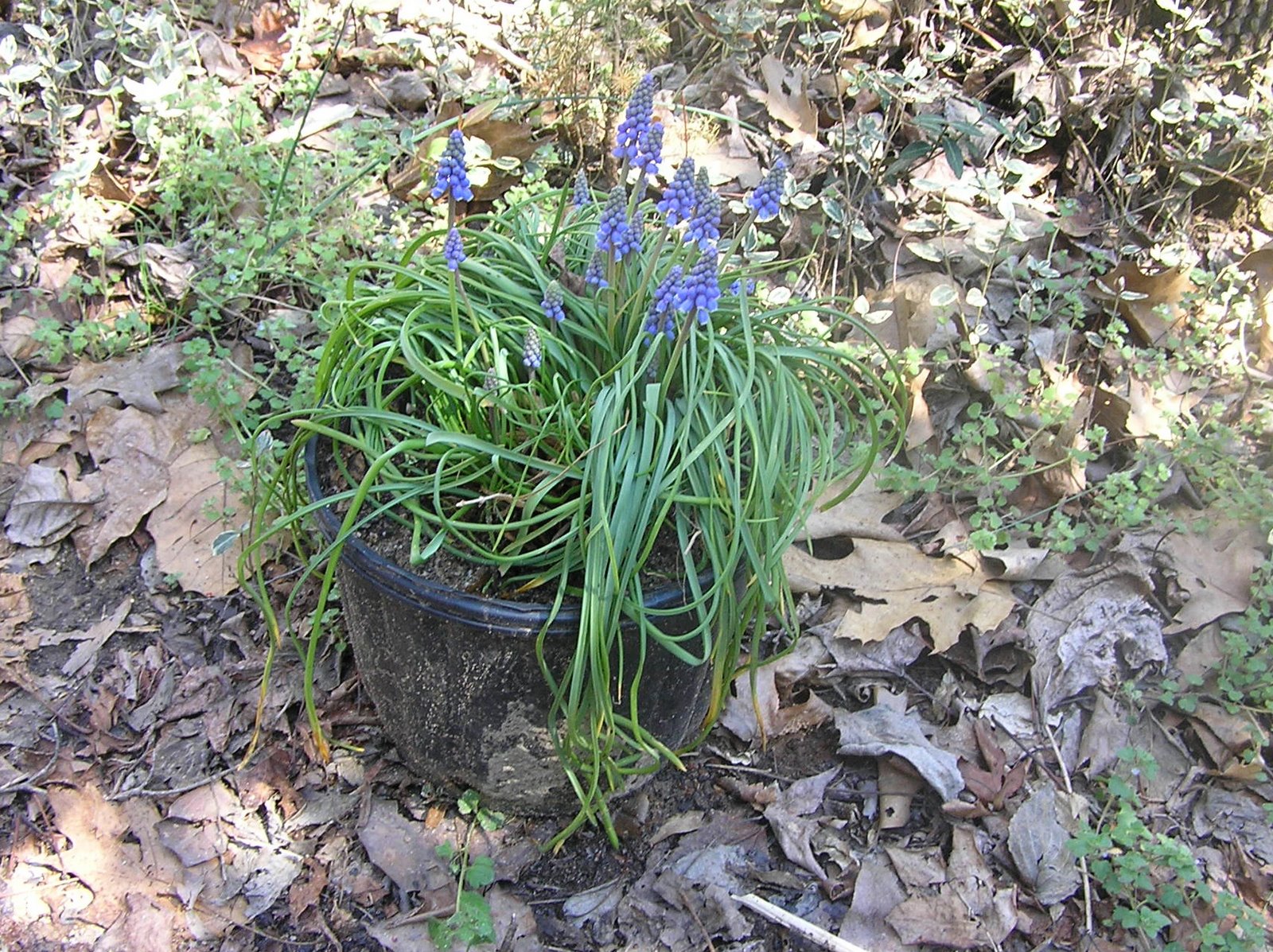
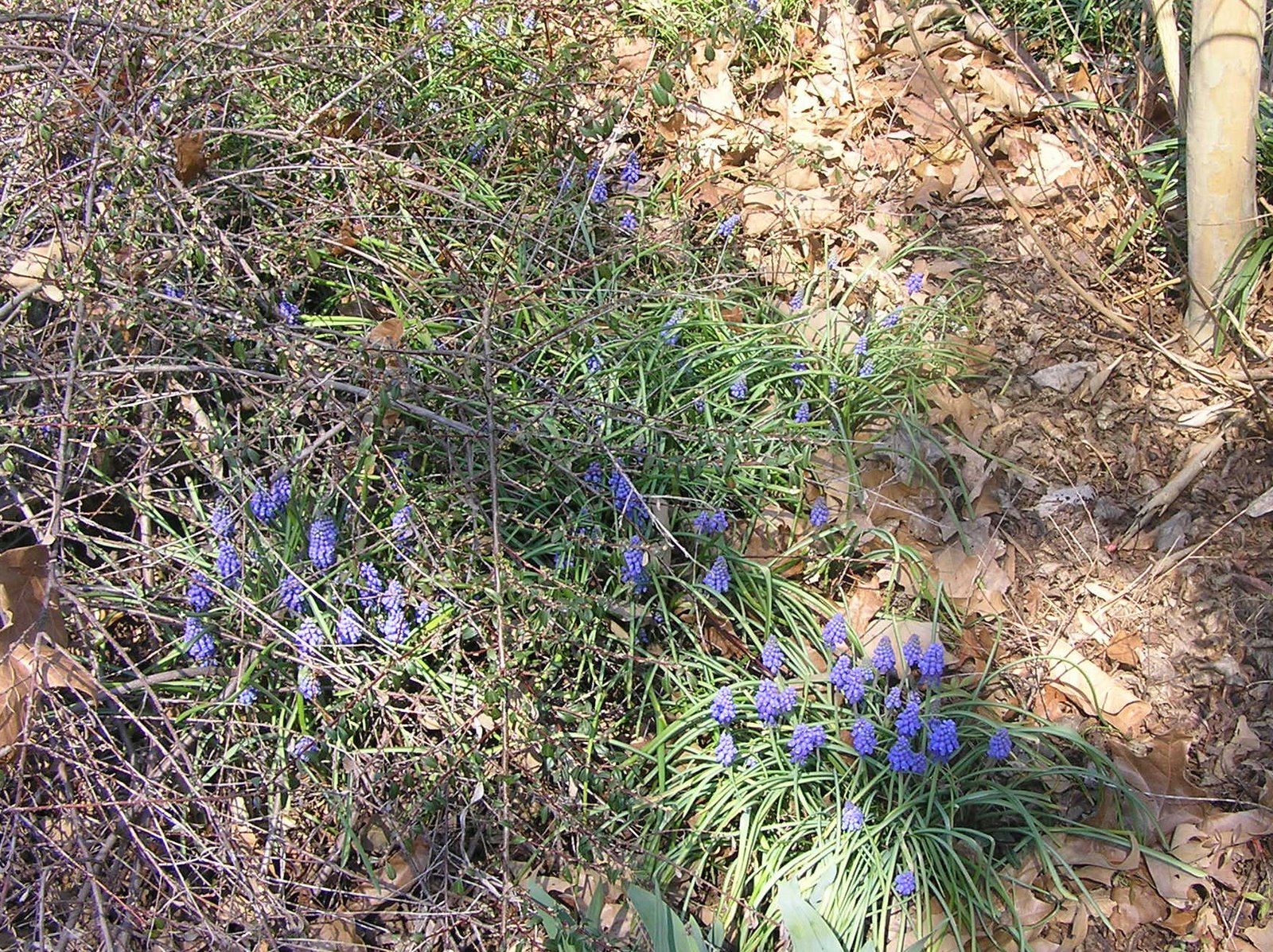
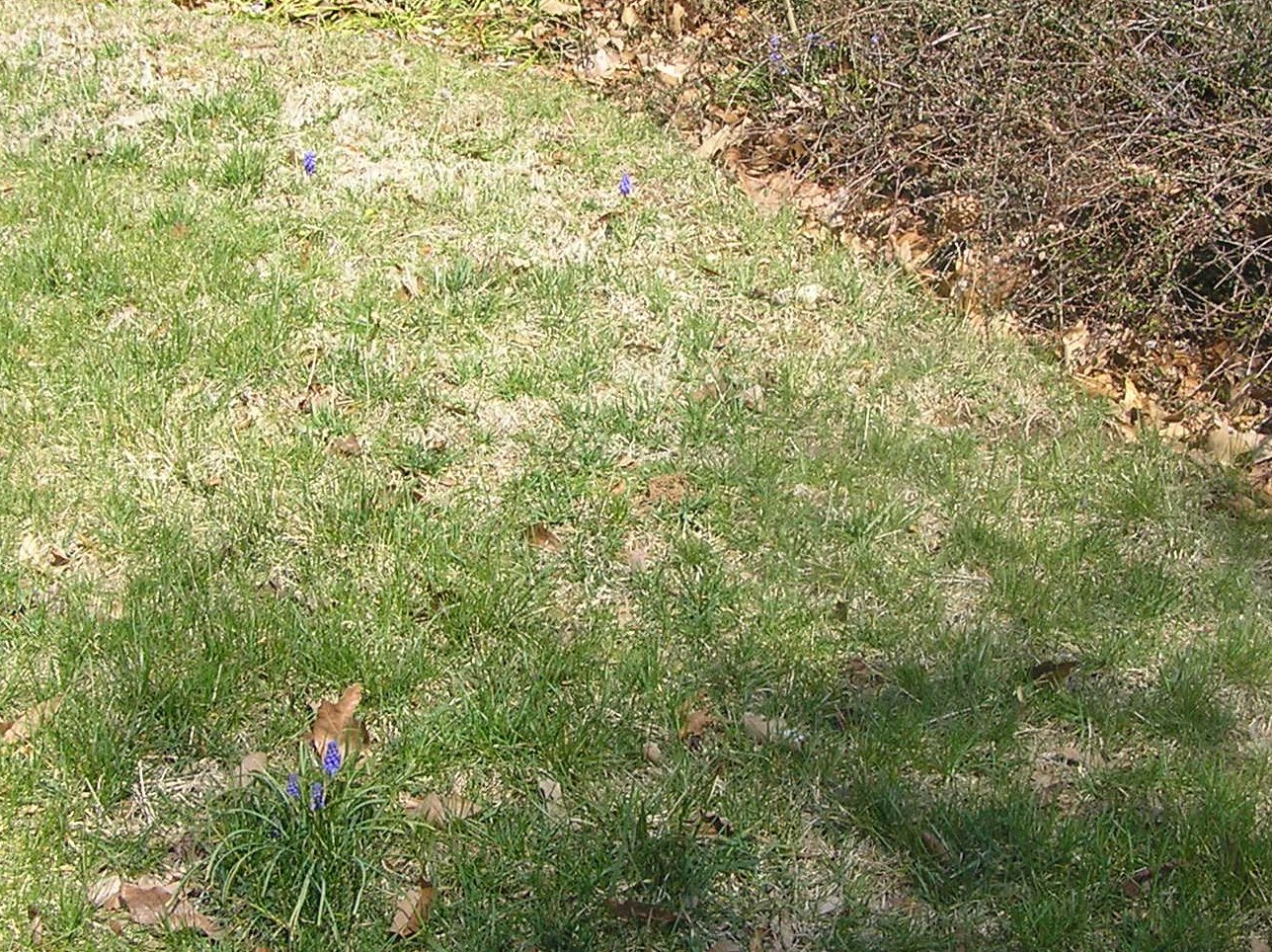


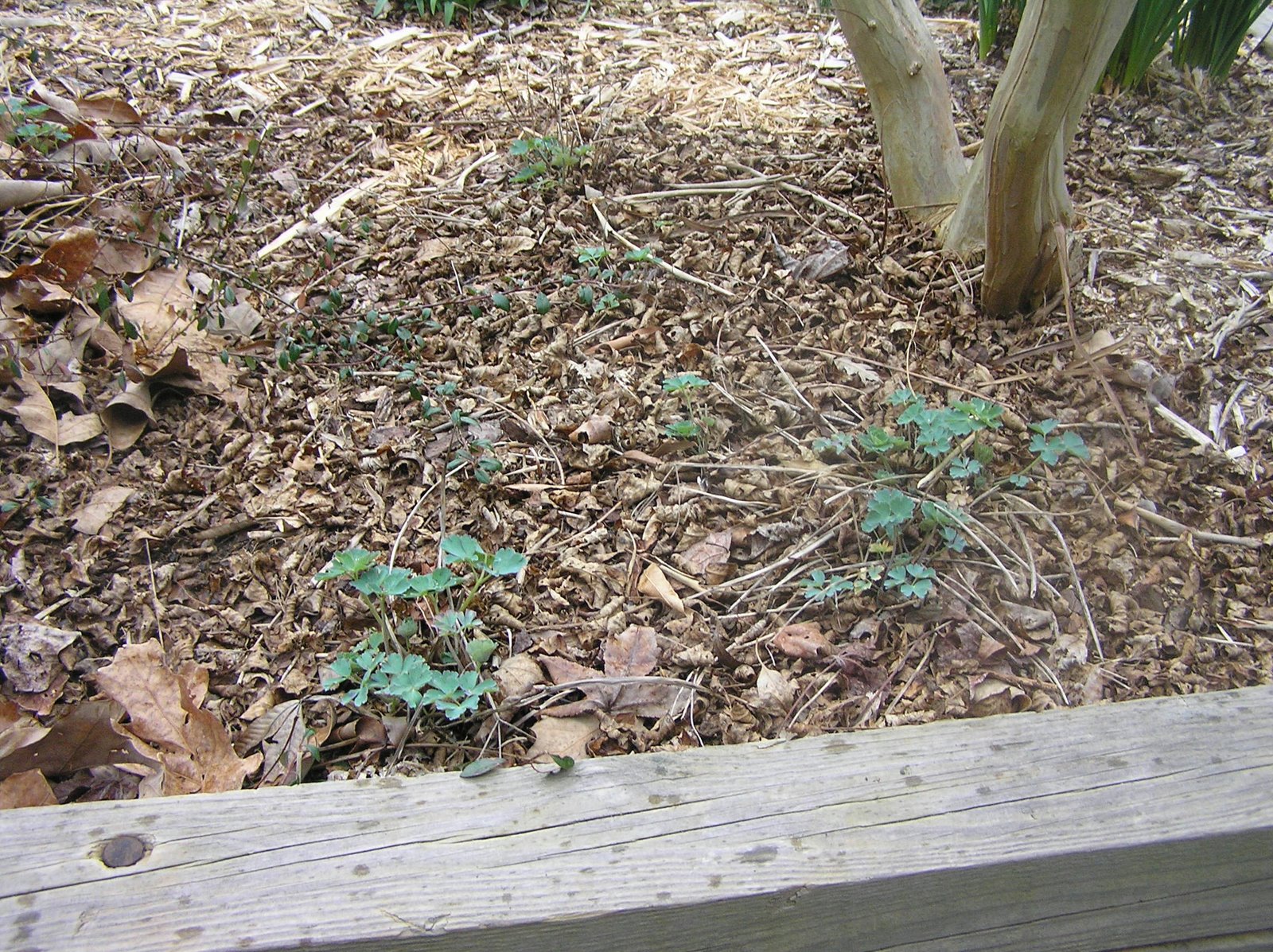


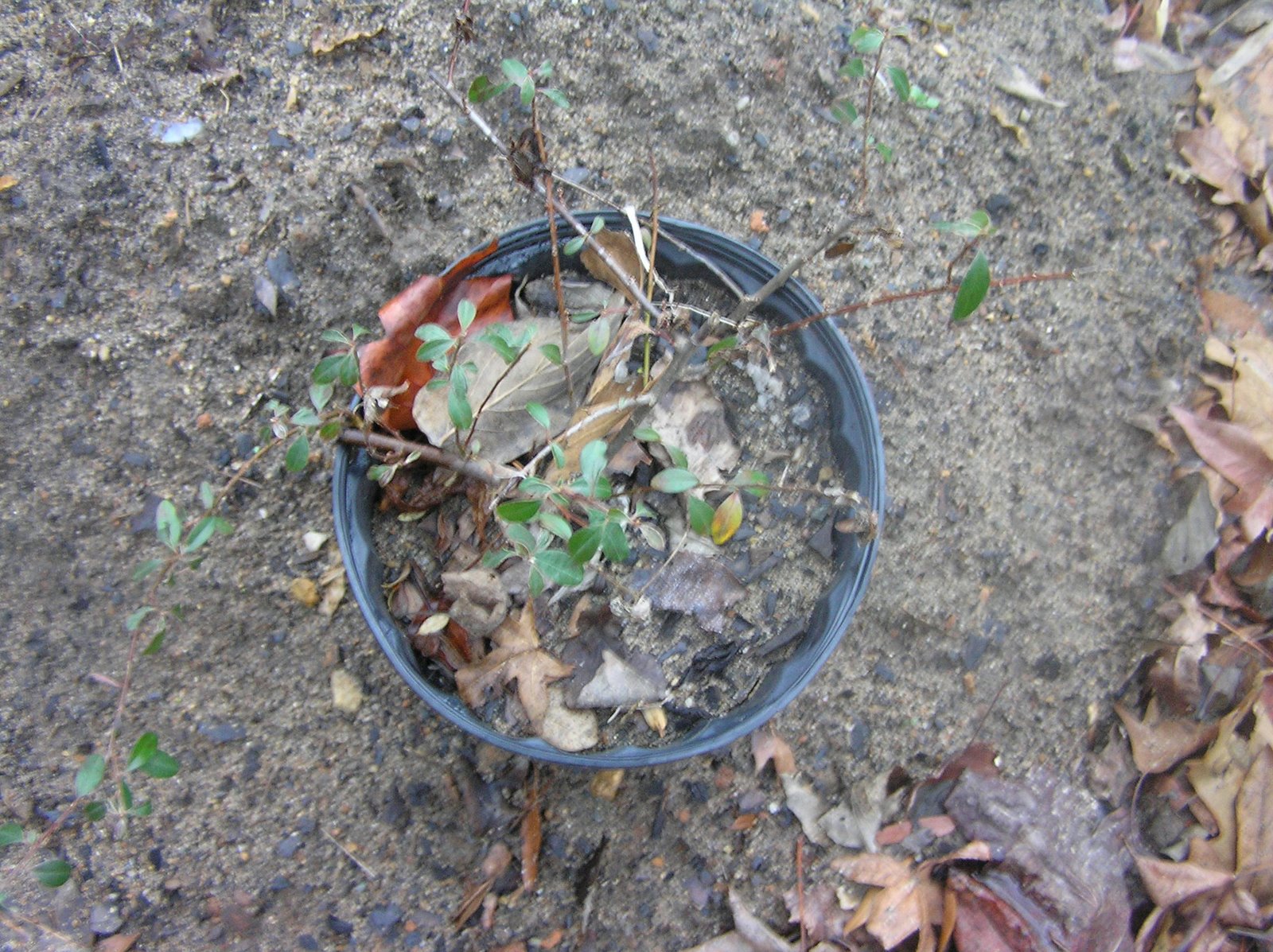


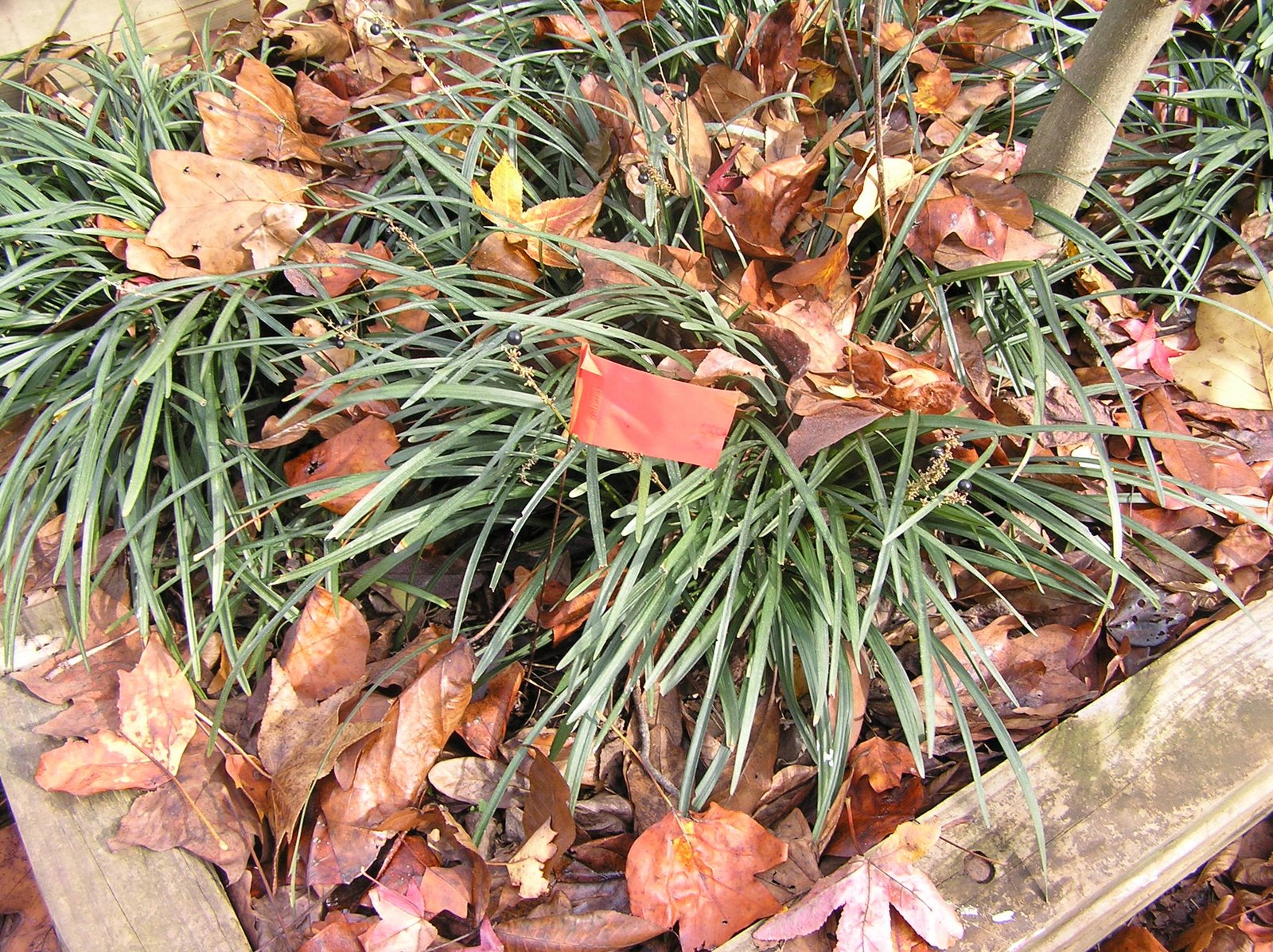
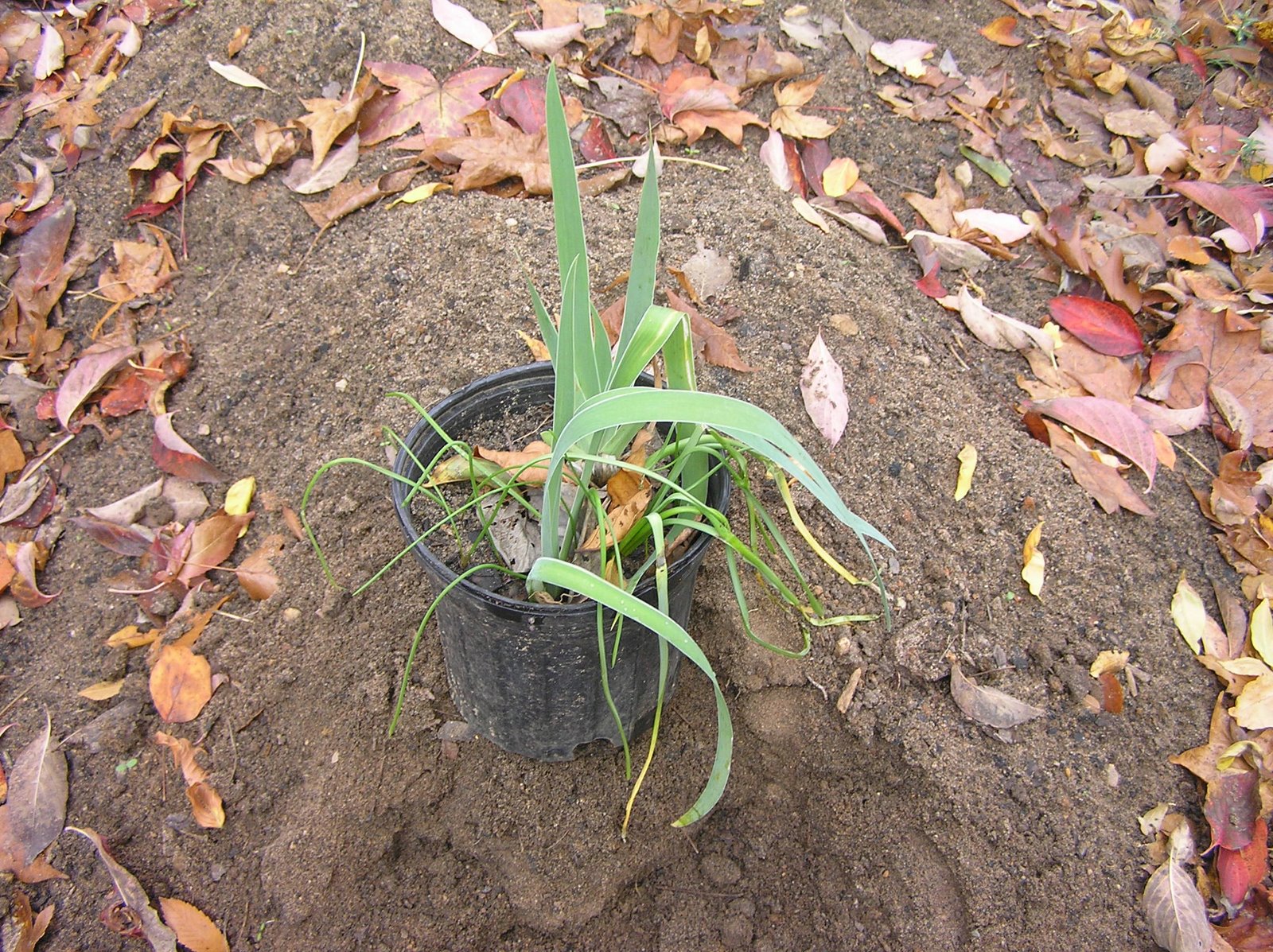


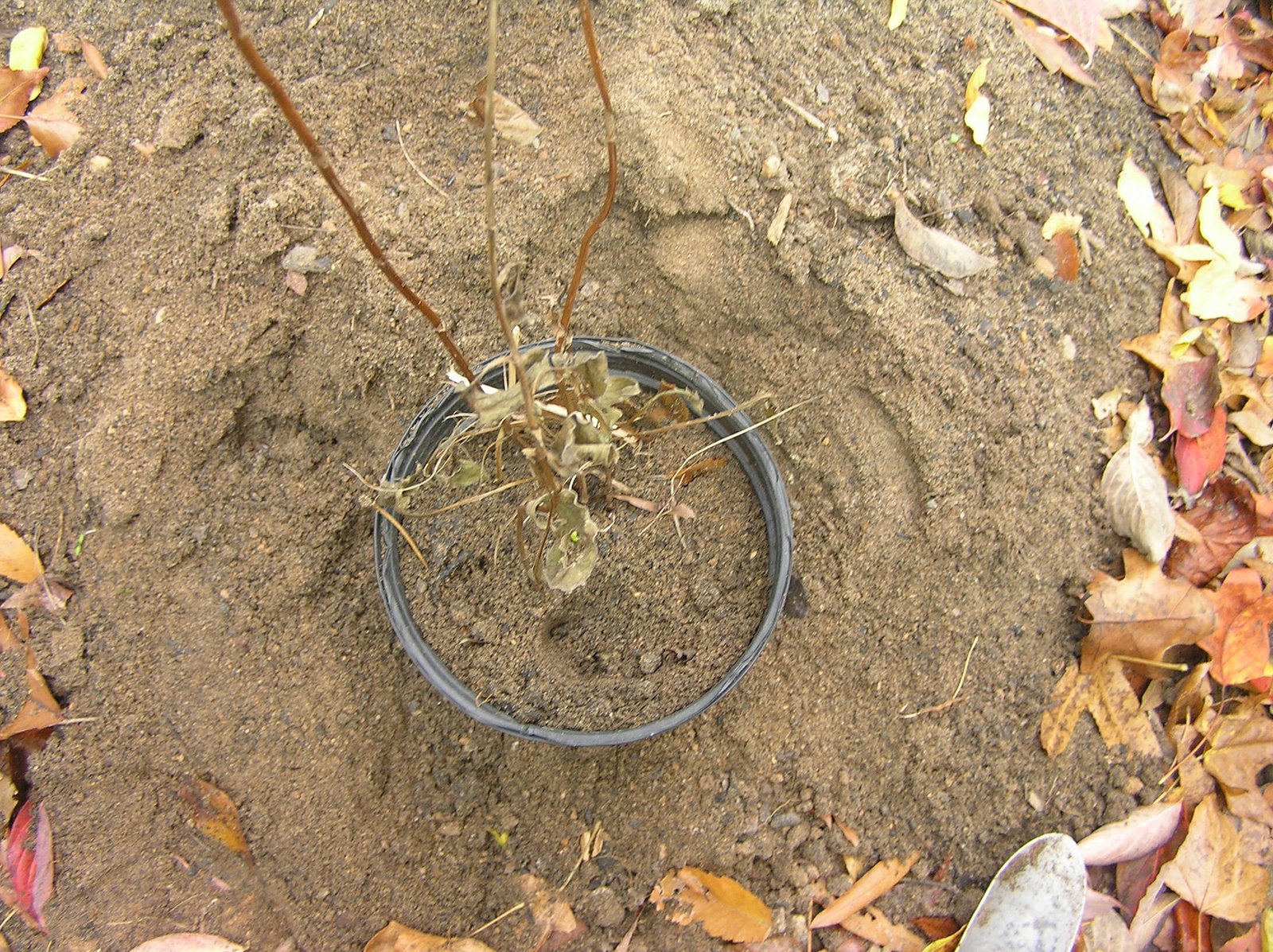
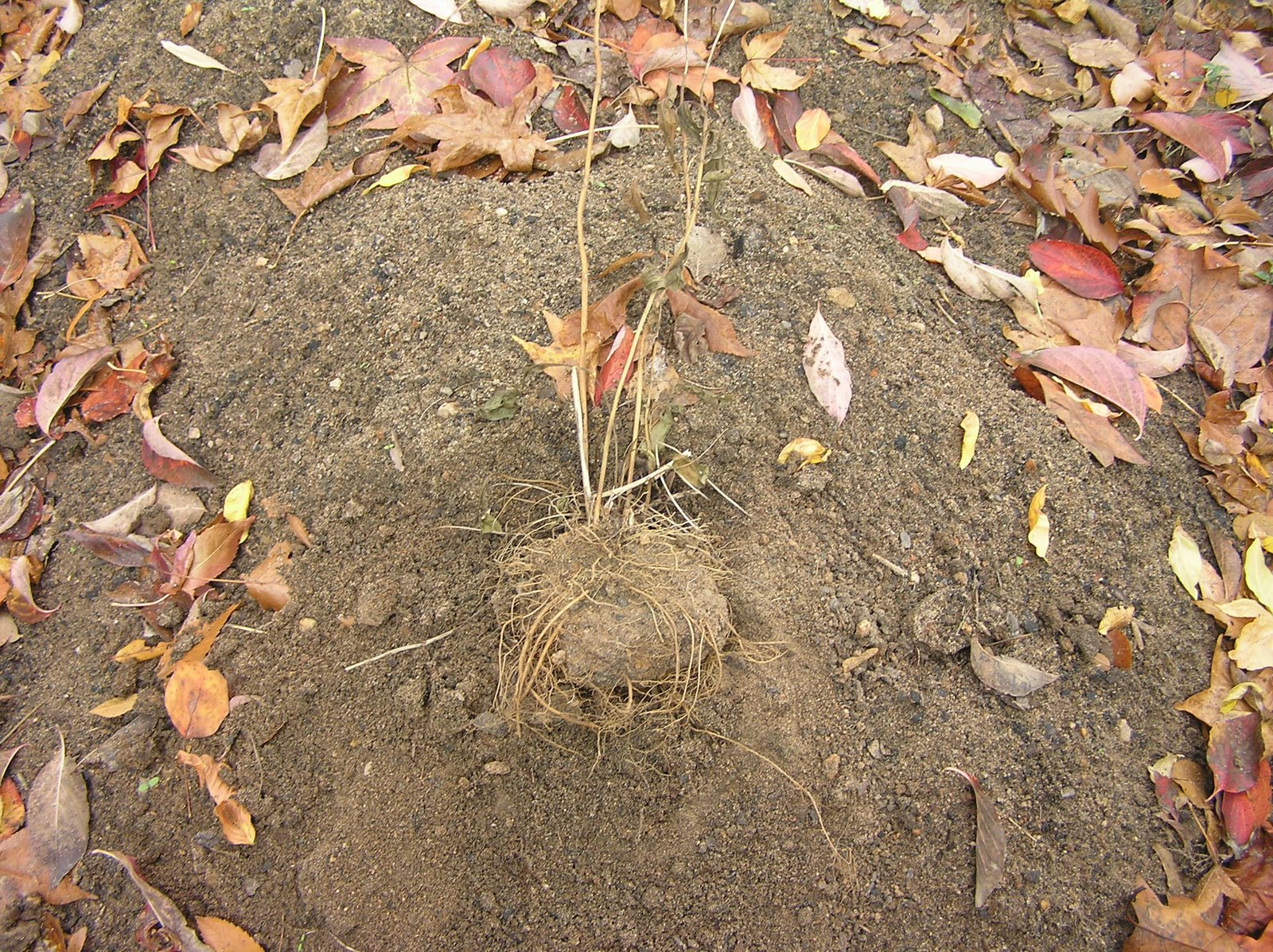
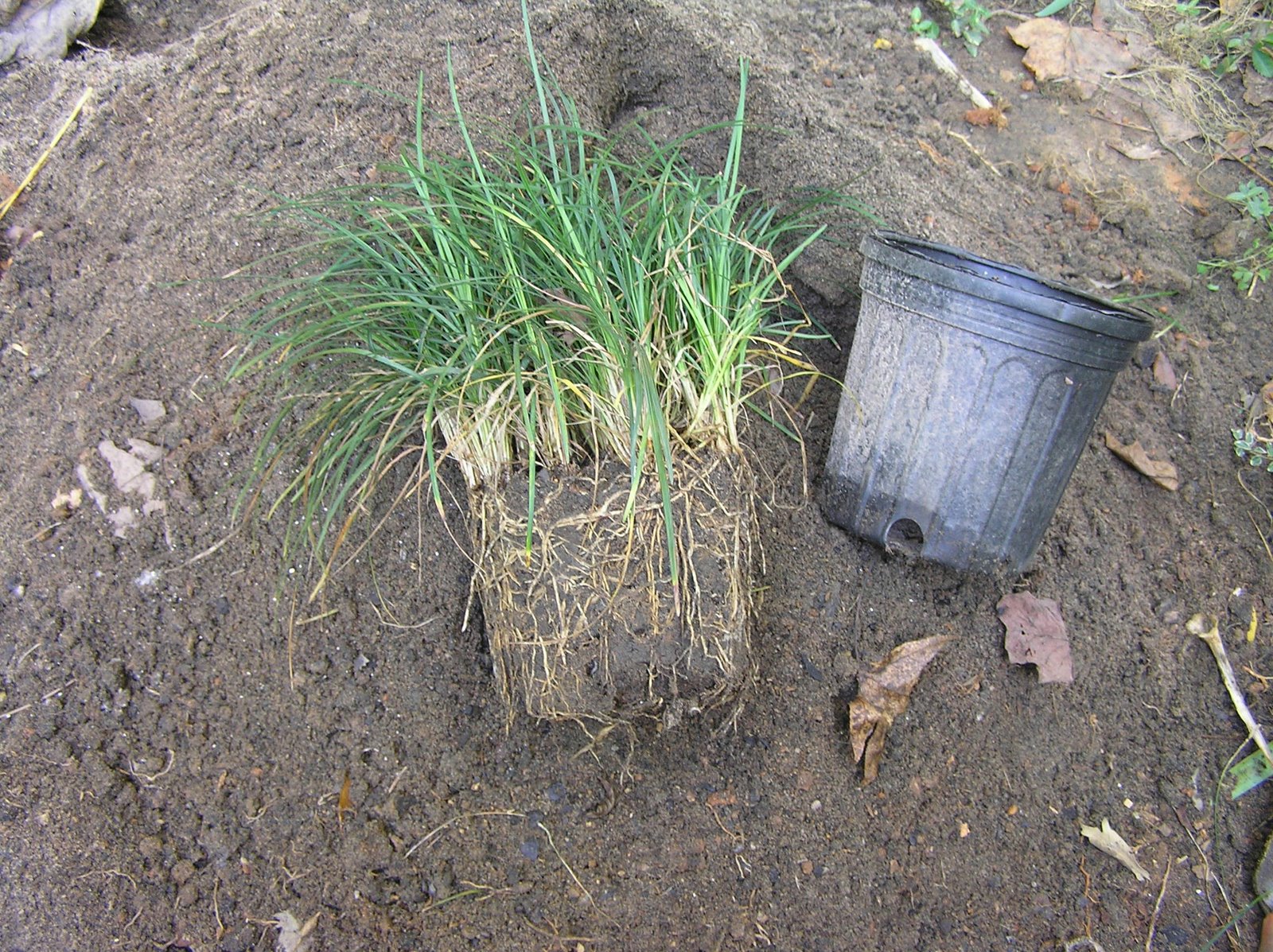

No comments:
Post a Comment